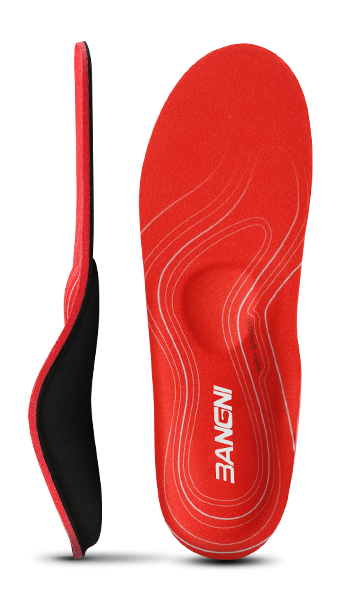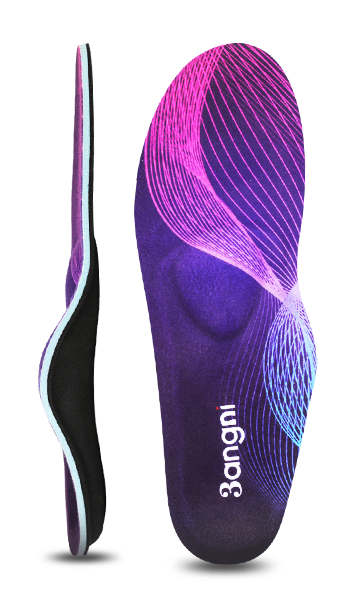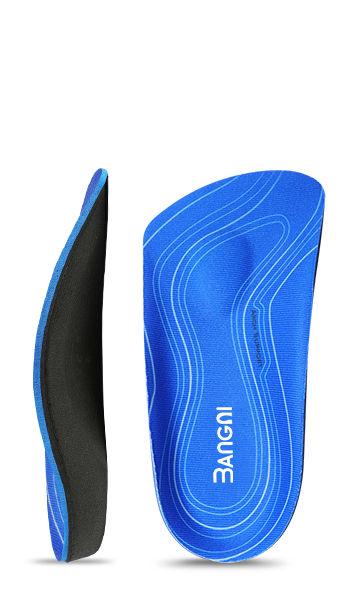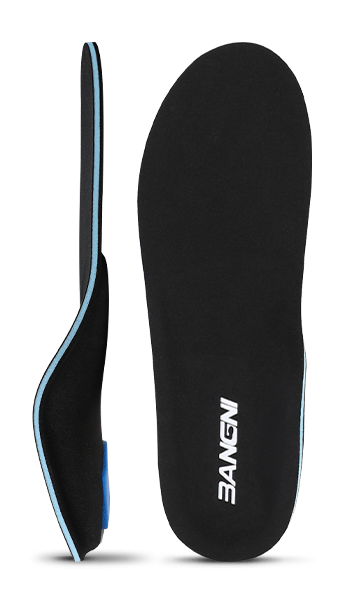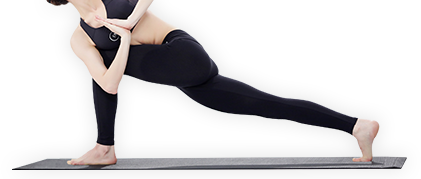Heel Spur Treatment Options
Heel Spurs
A heel spur is a bony growth that occurs on the bottom of the heel bone. Anyone can get heel spurs but this condition especially affects athletes and those with plantar fasciitis. The pain from heel spurs can range for not noticeable to incredibly painful. Some people have said it feels like a pin sticking into the bottom of their heel. If you have heel spurs, you’re probably curious about your options. The good news is that heel spurs can be treated and most heel spur pain gets better without surgery.

Non-Surgical Heel Spur Relief
If you suspect you have heel spurs but have not been diagnosed by a doctor yet it is important to do so, otherwise you might miss a more complex foot condition. One you have been diagnosed with heel spurs it is likely that you will start your pain management with a non-surgical treatment. Sometimes a combination of treatments is used.
Stretching is a common and effective treatment for heel spurs and heel pain. Because heel spurs are often associated with plantar fasciitis, properly stretching the plantar fascia can ease the pain of heel spurs. Stretching is often combined with physical therapy exercises to help loosen the tendons that can pull on heel spurs and cause pain.
Shock wave therapy is another option. This treatment may sound futuristic but it’s available now and has been shown to lower inflammation and also pain in patients with heel spurs. Although it doesn’t actually make your heel spur go away, it can lower the level of discomfort you experience.
Pain can also be managed with medication. Although it is not a cure, acetaminophen and ibuprofen can help. An injection with a corticosteroid is also a way to relieve inflammation in the area. Again, this doesn’t actually get rid of the heel spur, but it can make it easier to live with.
A sustainable option for many people is the addition of inserts or orthotics. Inserts can help ease the stress on the plantar fascia, and therefore a heel spur. Quality inserts will help align the structures of the foot and provide support so that the strain on the heel spur is relieved. Moreover, inserts can correct some of the issues found in ill-fitting shoes, add cushion for comfort, and help maintain proper alignment during high impact activities such as running. They are often the most affordable option for those suffering from significant heel spurs.

Surgical Heel Spur Relief
In extreme cases heel spurs can be removed through surgery. This can be invasive but is very effective. There are several different types of surgery for heel spurs and they range from open heel surgery to minimally invasive laser surgery. Your doctor will recommend the best treatment for your specific case.
Prevention
Heel spurs might be prevented by wearing shoe insoles or supportive shoes that provide enough alignment assistance to keep foot structures in their optimal positions to prevent strain on the plantar fascia. If you have had heel spurs in the past, engage in repetitive impact sports such as running or basketball, or stand on hard surfaces all day at work, it’s important to have proper support in your shoes. Foot health matters and it’s worth it to buy some insoles before you end up managing pain.


